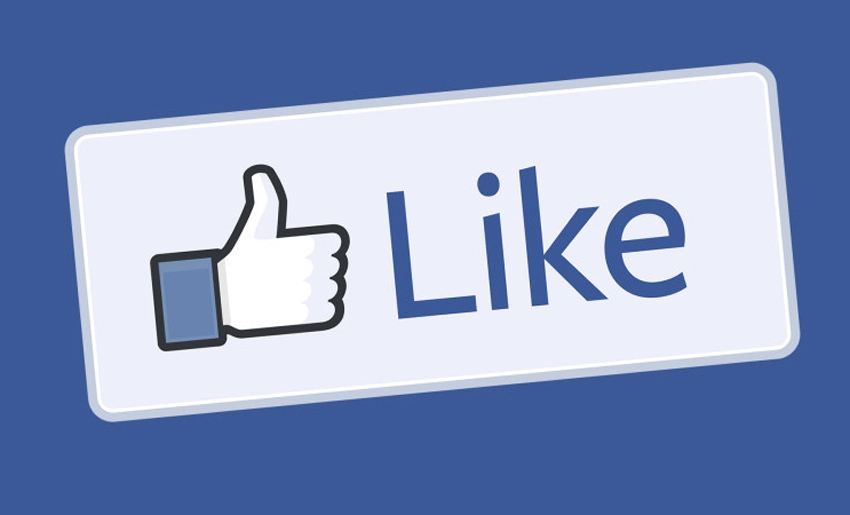In a world increasingly connected by technological devices. We experience the paradox of being close and, at the same time, very far away. We’ve never had so many ways to communicate: text messages, video calls, social media, emojis, reactions… However, many people—especially young people—experience a growing emptiness. A persistent loneliness, a profound disconnection. Because behind the screen and the online “facade” lies an increasingly lonely life.
The social isolation caused by digital interaction is often not obvious at first, and that is its greatest danger. On the contrary, it can present itself as a false sense of companionship: we count likes, receive messages, share stories. But little by little, face-to-face conversation, eye contact, the much-needed hug, or laughter among friends begin to diminish. Without realizing it, we can be surrounded by technology, yet emotionally distant.
Digital interaction, certainly very useful and practical in these times, does not replace the complexity or depth of in-person human relationships. No matter how much technology advances. It will never be able to match—let alone surpass—the emotion of a glance. The warmth of a tone of voice, the empathy of a gesture. Furthermore, we become accustomed to filtering, editing, and selecting what to show and what to hide. In other words, we build a version of ourselves that seeks approval but neglects authenticity.
This tendency can have significant consequences for our mental health. Prolonged social isolation is associated with symptoms of anxiety, depression, decreased self-esteem, and even cognitive problems. Furthermore, it can affect our ability to create real connections, resolve conflicts, confront disagreements, or share silence with someone without feeling uncomfortable.
This doesn’t mean we should give up on technology; rather, we need to question how we use it. It might be worth asking ourselves: Do we spend more time typing than listening? Do we check notifications in the middle of a real conversation? Do we get anxious when, due to a lack of connection, we can’t access social media? Do we seek digital approval more than human connection?
Looking someone in the eye when speaking to us, putting away our phones during a family gathering, and dedicating exclusive time to our closest friends without interruptions are small habits that will make a difference and serve as models for others. We can also cultivate collective spaces, workshops, and community gatherings, where presence is more valuable than image.
Recovering human encounters is a way of taking care of ourselves, because beyond technological advances, we still need the same things we always have: someone to listen to us and understand us, to be attentive to our problems. And this isn’t measured by the number of followers or comments, but by the quality of the bond we cultivate with those around us.
Perhaps today, more than ever, we need to remember that being “connected” is not the same as being accompanied.
By: Aniel Santiesteban García
- State’s Council gives the three decree-laws on economic matters - 12 de December de 2025
- Cuba Condemns Act of Piracy Against Venezuelan Oil Tanker - 11 de December de 2025
- Holguin hosts its first year-end craft fair - 11 de December de 2025

